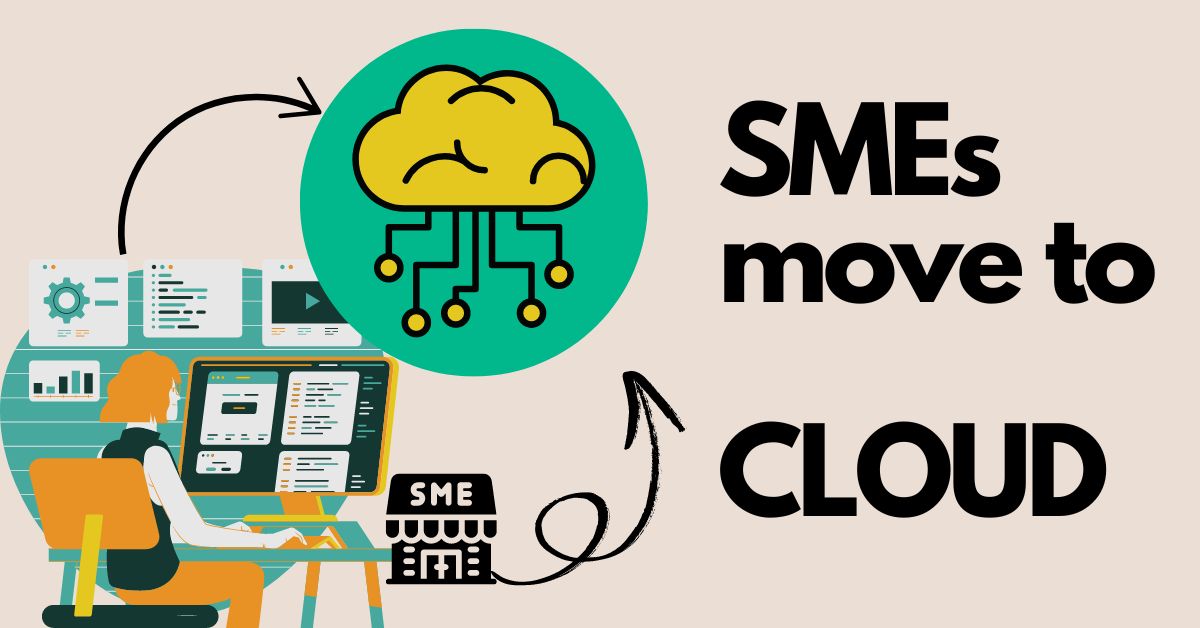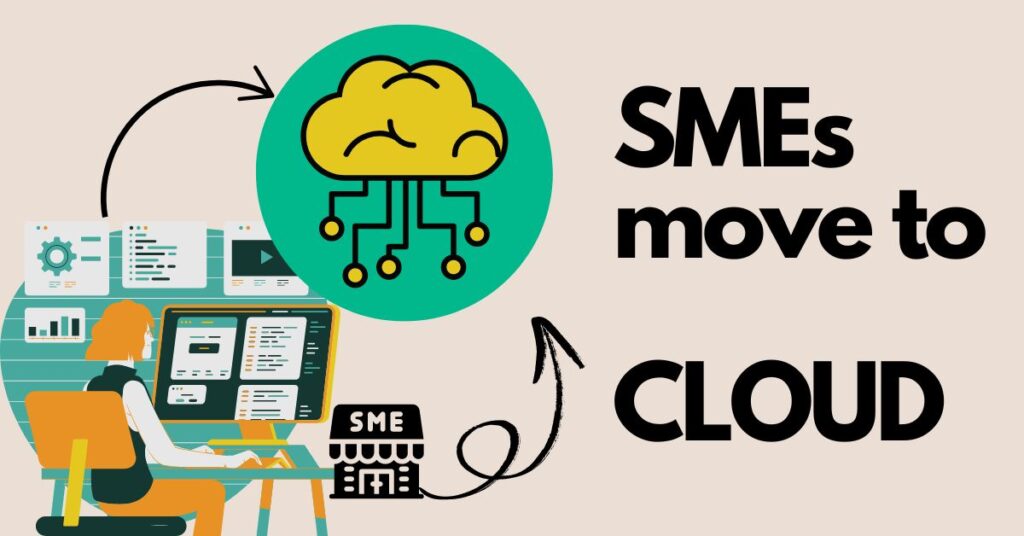Ignoring ai is a costly mistake for indian msmes

The potential benefits of adopting artificial intelligence are substantial, particularly for Indian MSMEs. AI offers a pathway to increased efficiency, innovation, and ultimately, a stronger competitive advantage in the global market. The numbers paint a clear picture: AI can boost manufacturing productivity by as much as 30%, unlocking significant value for businesses willing to embrace it.
One of the most compelling advantages of AI is its ability to drive cost reduction. By automating repetitive tasks, optimising resource allocation, and improving predictive maintenance, AI helps businesses minimise waste and streamline operations. This translates into tangible savings that can be reinvested in other areas of the business, fostering further growth and innovation.
Beyond cost reduction, AI empowers Indian MSMEs to enhance their products and services. AI-powered analytics can provide valuable insights into customer behaviour, enabling businesses to personalise offerings and improve customer satisfaction. Furthermore, AI can facilitate the development of new and innovative products, giving businesses a crucial edge in a rapidly evolving marketplace.
Ultimately, embracing AI is not just about short-term gains; it’s about securing future growth. By leveraging AI, Indian MSMEs can build more resilient, adaptable, and competitive businesses that are well-positioned to thrive in the digital age. The ability to analyse data, automate processes, and make data-driven decisions is no longer a luxury, but a necessity for sustained success.
Challenges and solutions
Despite the clear advantages, Indian MSMEs face significant hurdles in adopting artificial intelligence. The hesitation often stems from a combination of factors, including a lack of awareness, limited technical capabilities, and a perception of AI as an inaccessible or even threatening innovation. This reluctance is proving costly, as global competitors leverage AI to reimagine supply chains, optimise production, and improve customer experiences.
Key Challenges:
1. Lack of Awareness and Understanding: Many Indian MSMEs are simply unaware of the potential benefits of AI or lack a clear understanding of how it can be applied to their specific business needs. This knowledge gap prevents them from even considering AI as a viable solution.
2. Limited Technical Expertise: Implementing and managing AI solutions requires skilled personnel, which are often in short supply and expensive to hire. Many MSMEs struggle to find or afford the necessary expertise to effectively integrate AI into their operations.
3. Infrastructural Limitations: Adequate computing power, data storage, and reliable internet connectivity are essential for AI implementation. Many Indian MSMEs, particularly those in rural areas, face infrastructural limitations that hinder their ability to adopt AI.
4. Data Availability and Quality: AI algorithms require large amounts of high-quality data to train effectively. Many MSMEs lack the data infrastructure or processes to collect, store, and manage data in a way that is suitable for AI applications.
5. Cost Concerns: The initial investment in AI hardware, software, and expertise can be significant, creating a barrier for many cost-conscious MSMEs. They may perceive AI as an expensive luxury rather than a strategic investment.
Potential Solutions:
1. Awareness Programs and Training: Government and industry bodies should launch awareness programs to educate Indian MSMEs about the benefits of AI and provide training on basic AI concepts and applications. These programs can help dispel misconceptions and build confidence in AI technologies.
2. Skills Development Initiatives: Investing in skills development initiatives to train a new generation of AI professionals is crucial. This can include partnerships between universities, vocational training centres, and industry to create a pipeline of skilled workers who can support AI adoption in MSMEs. This can foster future growth.
3. Accessible AI Platforms and Tools: Developing affordable and user-friendly AI platforms and tools specifically designed for MSMEs can lower the barrier to entry. Cloud-based solutions and pre-trained AI models can make it easier for MSMEs to experiment with and implement AI without significant upfront investment.
4. Data Sharing and Collaboration: Encouraging data sharing and collaboration among MSMEs can help overcome data scarcity challenges. Industry consortia and government-backed data platforms can facilitate the sharing of anonymised data, enabling MSMEs to collectively benefit from AI insights. This will enhance their competitive advantage.
5. Financial Incentives and Support: Governments can provide financial incentives, such as tax breaks, subsidies, and grants, to encourage Indian MSMEs to invest in AI technologies. These incentives can help offset the initial cost and make AI more accessible to smaller businesses, helping with cost reduction.
















